Introduction
Mifen, commonly known as rice noodles in English, is a beloved dish across various regions in Asia, particularly in China, Vietnam, and Laos. Its versatility and delicious flavor have made it a staple in many households and restaurants. While the exact origin of mifen is debated, its popularity is undeniable. Whether served hot in a soup broth or cold with various toppings, mifen offers a delightful culinary experience.
In this comprehensive guide, we will delve into the art of making authentic mifen from scratch. From preparing the rice flour to cooking the noodles, each step will be meticulously explained to ensure you can recreate this delightful dish at home. Whether you’re a seasoned chef or a novice in the kitchen, this guide promises to equip you with the knowledge and skills necessary to make mouthwatering mifen.
Section 1: Understanding the Ingredients
Before diving into the recipe, it’s crucial to understand the key ingredients and their roles in making mifen. The primary ingredient is rice flour, which gives the noodles their unique texture and flavor. Here’s a breakdown of the essential ingredients:
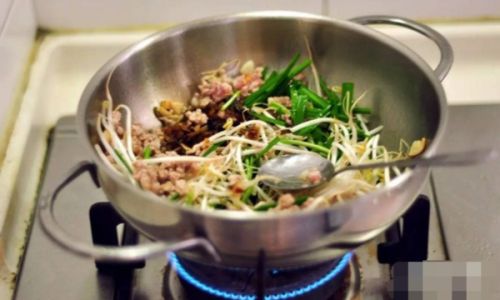
-
Rice Flour: This is the foundation of mifen. It should be of high quality and free from impurities. Different types of rice flour (such as glutinous and non-glutinous) can yield varying textures, so choose one that suits your preference.
-
Water: Used to mix with the rice flour to form a dough. The quality and temperature of the water can affect the dough’s consistency.
-
Starch (Optional): Adding a small amount of cornstarch or potato starch can improve the noodles’ elasticity and transparency.
-
Salt: Enhances flavor and helps to bind the dough.
-
Oil (Optional): A little oil can prevent the dough from sticking to your hands or the work surface.
Section 2: Preparing the Dough
Making the dough is a crucial step in the mifen-making process. It requires precision and patience to achieve the perfect consistency.
Step 1: Measuring Ingredients
Begin by measuring the rice flour, water, salt, and any optional ingredients accurately. For beginners, it’s advisable to follow a recipe closely until you become familiar with the process.
Step 2: Mixing the Ingredients
In a large mixing bowl, combine the rice flour and salt. Gradually add the water, a little at a time, while mixing continuously with a wooden spoon or your hands. The mixture should start to form a dough. If it’s too dry, add a bit more water; if it’s too sticky, sprinkle in a little more flour.
Step 3: Kneading the Dough
Transfer the dough onto a lightly floured surface and knead it for about 10 minutes until it becomes smooth and elastic. If the dough is too sticky, you can add a bit more flour. If it’s too dry, add a few drops of water.
Step 4: Resting the Dough
Cover the dough with a damp cloth or plastic wrap and let it rest for at least 30 minutes. This step is crucial as it allows the gluten in the rice flour to relax, making the dough easier to roll out.
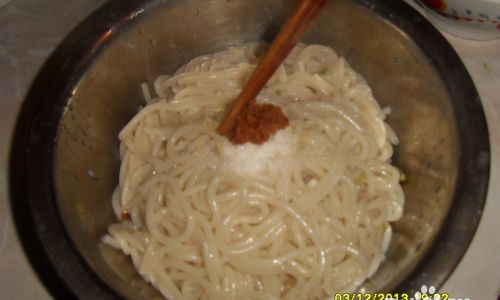
Section 3: Rolling Out the Noodles
Once the dough has rested, it’s time to roll it out into thin sheets that will be cut into noodles.
Step 1: Dividing the Dough
Divide the dough into smaller, manageable portions. This makes it easier to roll out without tearing.
Step 2: Rolling Out the Sheets
Lightly flour your work surface and a rolling pin to prevent sticking. Place a dough portion on the surface and flatten it slightly with your hands. Begin rolling it out, applying gentle pressure and turning the dough occasionally to ensure it rolls out evenly. Continue rolling until the sheet is about 1/8 inch (3 mm) thick.
Step 3: Cutting the Noodles
Using a sharp knife or a pizza cutter, cut the rolled-out dough into thin strips. The width of the noodles is a matter of personal preference, but traditional mifen is usually cut into thin, spaghetti-like strands.
Step 4: Separating the Noodles
Lightly toss the cut noodles with a bit of flour to prevent them from sticking together. You can now cook the noodles immediately or let them dry for later use.
Section 4: Cooking the Noodles
There are several methods to cook mifen, depending on your preference and the recipe you’re following. Here are two common methods: boiling and stir-frying.
Method 1: Boiling
-
Bringing Water to a Boil: Fill a large pot with water and bring it to a rolling boil. Add a tablespoon of salt to the water to enhance flavor.
-
Cooking the Noodles: Add the noodles to the boiling water and cook for about 3-5 minutes, or until they are tender but still firm (al dente). Stir occasionally to prevent sticking.
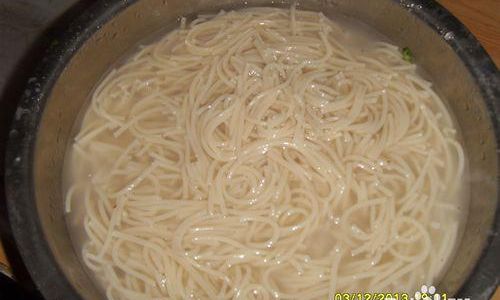
-
Draining the Noodles: Once cooked, drain the noodles in a colander and rinse them with cold water to stop the cooking process. You can now use the noodles in your favorite soup or stir-fry recipe.
Method 2: Stir-Frying
-
Preparing the Noodles: If you plan to stir-fry the noodles, it’s best to blanch them first. Bring a pot of water to a boil, add the noodles, and cook for about 2 minutes. Drain and rinse with cold water.
-
Heating the Pan: Heat a little oil in a large pan or wok over medium-high heat.
-
Adding Aromatics: Add garlic, ginger, and any other aromatics you prefer (such as onions or shallots). Stir-fry until fragrant.
-
Adding the Noodles: Add the blanched noodles to the pan and stir-fry for about 2-3 minutes, until heated through. Add your choice of sauce, vegetables, meat, or seafood, and continue stir-frying until everything is well combined and cooked to your liking.
Section 5: Serving the Mifen
The beauty of mifen lies in its versatility. It can be served in numerous ways, catering to various tastes and preferences. Here are a few popular serving suggestions:
-
Soup Mifen: Serve the cooked noodles in a hot, flavorful broth. Add toppings such as sliced pork, chicken, beef, or seafood, along with vegetables like bok choy, mushrooms, or spinach. Garnish with chopped herbs (like cilantro or scallions) and a squeeze of lime or lemon juice.
-
Dry Mifen (Stir-Fried): Serve the stir-fried noodles with a variety of toppings such as scrambled eggs, bean sprouts, peanuts, and chili sauce. This version is often enjoyed as a street food or a quick meal at home.
-
Cold Mifen Salad: For a refreshing summer dish, serve the cooked noodles chilled with a variety of vegetables, tofu, or meat, tossed in a light dressing made from soy sauce, rice vinegar, sesame oil, and garlic.
Conclusion
Making mifen from scratch may seem like a daunting task, but with the right ingredients and techniques, you can create delicious, authentic rice noodles at home. From preparing the dough to cooking and serving the noodles, each step is crucial in achieving the perfect texture and flavor. Whether you enjoy your mifen hot in a soup broth or cold with various toppings, this guide has equipped you with the knowledge and skills to make this beloved Asian dish.
Remember, practice makes perfect. The more you make mifen, the more familiar you will become with the process, and the better your noodles will taste. So, roll up your sleeves, get into the kitchen, and start making your own authentic mifen today! Enjoy the culinary journey and the delicious results.
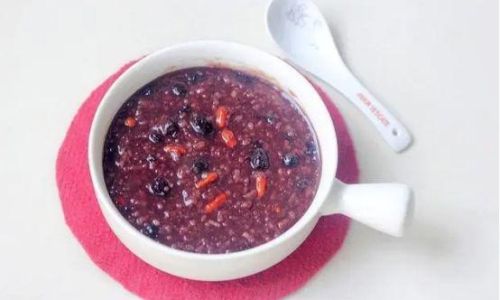


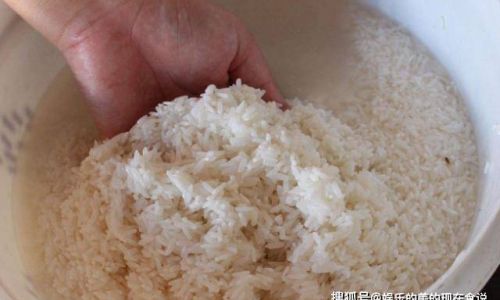

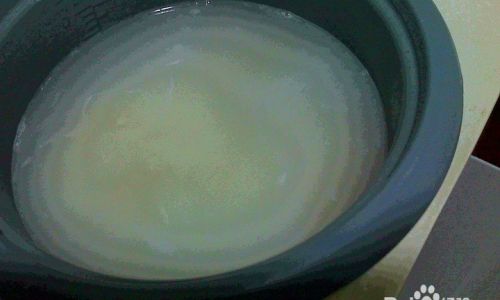
0 comments